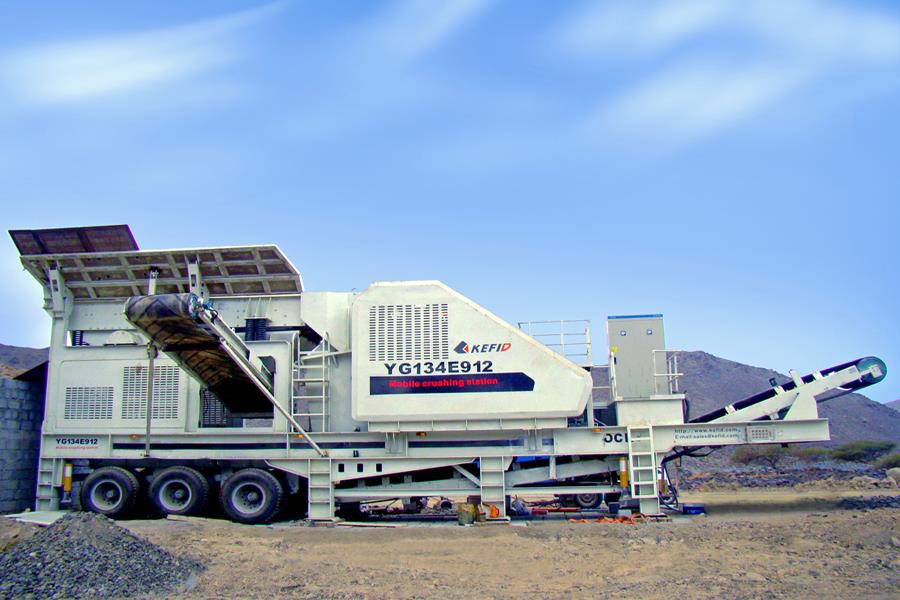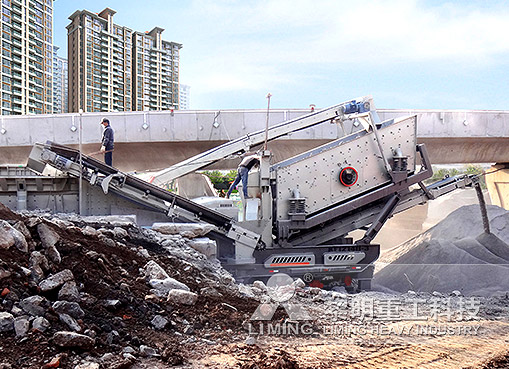

Crusher failures during production are primarily caused by wear and tear and improper use. Therefore, some malfunctions can be mitigated through operational measures. Here are three key steps to minimize these issues.1. Maintaining P
Crusher failures during production are primarily caused by wear and tear and improper use. Therefore, some malfunctions can be mitigated through operational measures. Here are three key steps to minimize these issues.
1. Maintaining Proper Temperature Control
Under normal operating conditions, all parts of a crusher operate within a normal temperature range. Abnormal temperatures indicate possible damage to a component, particularly bearings. Therefore, when abnormal temperatures occur, a thorough inspection of the equipment is necessary to identify the source of the abnormality and address it promptly to restore the equipment to normal operation.
Shibang Group
Crushing/Sand Making/Grinding Consultation
Call Now
2. Maintaining Effective Dust Control and Removal
Due to the unique operating environment of a crusher, a large amount of dust and fine particles are inevitably generated during operation. Failure to properly prevent and remove dust can cause significant damage to the equipment. The impact of dust particles, especially when they enter the lubrication system, can significantly accelerate equipment wear and shorten the crusher's service life. This can easily lead to equipment failures. Therefore, proper dust prevention and removal is crucial during daily operation.

3. Protective Measures When Crushing Corrosive Materials
Due to their wide range of applications, crushing corrosive materials such as acids and alkalis can easily damage equipment components. Typically, these materials require acid and alkali reduction treatment before crushing, or require specialized crusher components. The specific solution should be carefully considered based on the specific environment, requirements, and cost.
Previous: SMP Crusher
Next: SMP Crusher

Crusher failures during production are primarily caused by wear and tear and improper use. Therefore, some malfunctions can be mitigated through operational measures. Here are three key steps to minimize these issues.1. Maintaining P
Crusher failures during production are primarily caused by wear and tear and improper use. Therefore, some malfunctions can be mitigated through operational measures. Here are three key steps to minimize these issues.
1. Maintaining Proper Temperature Control
Under normal operating conditions, all parts of a crusher operate within a normal temperature range. Abnormal temperatures indicate possible damage to a component, particularly bearings. Therefore, when abnormal temperatures occur, a thorough inspection of the equipment is necessary to identify the source of the abnormality and address it promptly to restore the equipment to normal operation.
Shibang Group
Crushing/Sand Making/Grinding Consultation
Call Now
2. Maintaining Effective Dust Control and Removal
Due to the unique operating environment of a crusher, a large amount of dust and fine particles are inevitably generated during operation. Failure to properly prevent and remove dust can cause significant damage to the equipment. The impact of dust particles, especially when they enter the lubrication system, can significantly accelerate equipment wear and shorten the crusher's service life. This can easily lead to equipment failures. Therefore, proper dust prevention and removal is crucial during daily operation.

3. Protective Measures When Crushing Corrosive Materials
Due to their wide range of applications, crushing corrosive materials such as acids and alkalis can easily damage equipment components. Typically, these materials require acid and alkali reduction treatment before crushing, or require specialized crusher components. The specific solution should be carefully considered based on the specific environment, requirements, and cost.
Previous: SMP Crusher
Next: SMP Crusher
 What are the reasons for mobile crusher blockage?
What are the reasons for mobile crusher blockage? Shibang Zhejians 500-ton-per-hour sand and gravel production line helps customers achieve both economic and ecological benefits
Shibang Zhejians 500-ton-per-hour sand and gravel production line helps customers achieve both economic and ecological benefits Shibang builds a high-quality aggregate base for Zhejiang Communications Investment Group, helping mines in western Zhejiang to turn green and generate gold.
Shibang builds a high-quality aggregate base for Zhejiang Communications Investment Group, helping mines in western Zhejiang to turn green and generate gold. What are the reasons for the rocking phenomenon during the operation of the river pebble sand making machine
What are the reasons for the rocking phenomenon during the operation of the river pebble sand making machine Shibangs 600-ton-per-hour sand-making equipment provides high-quality aggregates for the construction of a hydropower station in Sichuan
Shibangs 600-ton-per-hour sand-making equipment provides high-quality aggregates for the construction of a hydropower station in Sichuan What are the reasons for mobile crusher blockage?
What are the reasons for mobile crusher blockage? Shibang Zhejians 500-ton-per-hour sand and gravel production line helps customers achieve both economic and ecological benefits
Shibang Zhejians 500-ton-per-hour sand and gravel production line helps customers achieve both economic and ecological benefits Shibang builds a high-quality aggregate base for Zhejiang Communications Investment Group, helping mines in western Zhejiang to turn green and generate gold.
Shibang builds a high-quality aggregate base for Zhejiang Communications Investment Group, helping mines in western Zhejiang to turn green and generate gold. What are the reasons for the rocking phenomenon during the operation of the river pebble sand making machine
What are the reasons for the rocking phenomenon during the operation of the river pebble sand making machine Shibangs 600-ton-per-hour sand-making equipment provides high-quality aggregates for the construction of a hydropower station in Sichuan
Shibangs 600-ton-per-hour sand-making equipment provides high-quality aggregates for the construction of a hydropower station in Sichuan